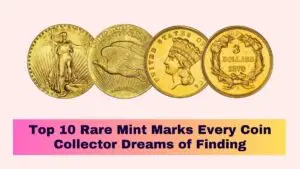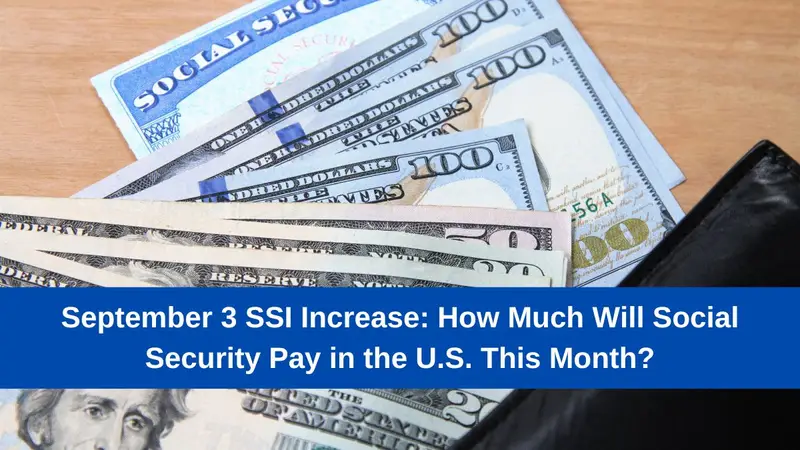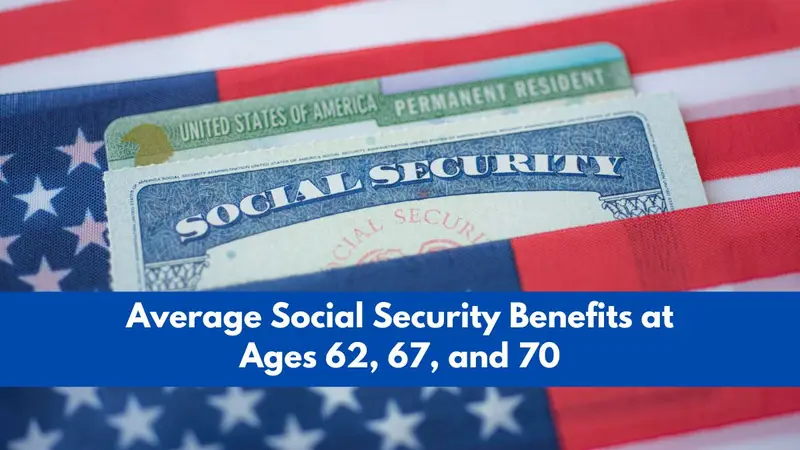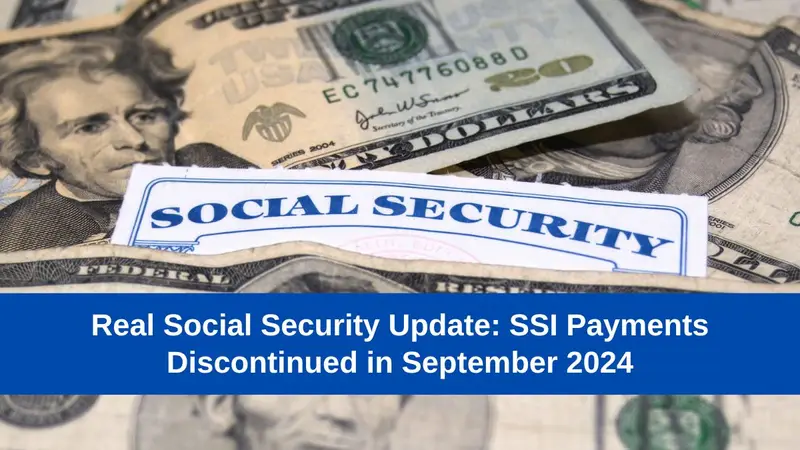Counterfeiting remains a significant threat to economies worldwide, and the U.S. dollar is no exception. To combat counterfeiting, the United States integrates advanced security features into its currency.
One of the most prominent features is the security thread. These embedded threads are designed to make it nearly impossible for counterfeiters to replicate.
In this article, we’ll dive deep into the five critical security thread features on U.S. dollar bills that help identify whether a bill is real or fake.
The Importance of Security Threads
Security threads are thin, plastic strips embedded vertically in the paper of U.S. banknotes. These threads, visible only when the bill is held to light, contain inscriptions of the bill’s denomination and other identifying features.
Their primary function is to serve as a counterfeit deterrent, helping individuals and businesses verify the authenticity of the currency.
5 Security Thread of Dollar Bill
1. Location of the Security Thread

One key way to verify a dollar bill’s authenticity is by identifying the location of the security thread. The position varies by denomination:
- $5 bill: The security thread is to the right of Abraham Lincoln’s portrait.
- $10 bill: Found to the right of Alexander Hamilton’s portrait.
- $20 bill: Located to the left of Andrew Jackson’s portrait.
- $50 bill: The security thread is positioned to the right of Ulysses S. Grant’s portrait.
- $100 bill: Situated to the left of Benjamin Franklin’s portrait.
This precise positioning is difficult for counterfeiters to replicate.
2. UV Light Detection
Another powerful tool for identifying genuine bills is ultraviolet (UV) light. Under UV light, the security thread emits a specific glow depending on the denomination:
- $5 bill: Blue glow.
- $10 bill: Orange glow.
- $20 bill: Green glow.
- $50 bill: Yellow glow.
- $100 bill: Red glow.
Counterfeit bills often fail to replicate this glow, making UV detection a highly effective method.
3. Microprinting on the Thread
Microprinting is a feature designed to thwart counterfeiting efforts by making it extremely challenging to reproduce with standard printing technologies. Each denomination’s security thread contains microprinted text:
- $5 bill: “USA FIVE.”
- $10 bill: “USA TEN.”
- $20 bill: “USA TWENTY.”
- $50 bill: “USA 50.”
- $100 bill: “USA 100.”
This tiny text is visible under magnification but would be blurry or illegible on counterfeit bills.
4. Embedded Denomination Indication
One of the most crucial details on the security thread is the embedded denomination text. For instance, on a $100 bill, the text “USA 100” is repeatedly printed along the thread.
This is a clear indicator that the bill is legitimate. On counterfeit bills, this feature might either be missing or inaccurately reproduced.
5. Dual-Sided Visibility

The security thread is embedded in the fabric of the paper and is visible from both sides of the bill when held to the light
This is a distinct marker of authenticity since reproducing such a feature accurately requires advanced technology that counterfeiters often lack. If a bill lacks this feature, it’s a strong sign that it’s a fake.
Key Security Thread Features by Denomination
| Denomination | Security Thread Location | UV Light Color | Microprinting Text | Visibility |
|---|---|---|---|---|
| $5 | Right of Lincoln’s portrait | Blue | USA FIVE | Dual-Sided |
| $10 | Right of Hamilton’s portrait | Orange | USA TEN | Dual-Sided |
| $20 | Left of Jackson’s portrait | Green | USA TWENTY | Dual-Sided |
| $50 | Right of Grant’s portrait | Yellow | USA 50 | Dual-Sided |
| $100 | Left of Franklin’s portrait | Red | USA 100 | Dual-Sided |
How to Spot Counterfeit Bills
Aside from security threads, there are other methods to identify counterfeit bills. Here are a few tips:
- Feel of the Paper: U.S. currency is made of a unique blend of cotton and linen. Counterfeit bills often feel too smooth or too rough compared to genuine notes.
- Watermarks: Authentic bills contain a watermark that matches the portrait on the bill. Hold the bill up to light to check for this feature.
- Color-Shifting Ink: Genuine bills (except the $5 note) have a color-shifting numeral in the lower right corner, which changes color when tilted.
Conclusion
The security thread is one of the most critical features in U.S. currency for preventing counterfeiting.
By understanding its location, UV glow, microprinting, and other security aspects, individuals and businesses can confidently verify the authenticity of their banknotes.
In combination with other security measures like watermarks and color-shifting ink, the U.S. dollar remains one of the most secure currencies in the world.
Next time you handle cash, take a moment to check these essential features to ensure you’re dealing with genuine bills.
FAQs
1. What is a security thread on U.S. currency?
The security thread is a thin, embedded plastic strip in U.S. banknotes that helps verify their authenticity by glowing under UV light and displaying the denomination in microprint.
2. How does the security thread glow under UV light?
Each bill emits a unique color glow under UV light, such as blue for $5 and red for $100 bills, making it easier to identify counterfeit bills.
3. Can counterfeit bills replicate the security thread?
Counterfeiters may attempt to replicate the security thread, but it is challenging to reproduce its UV glow and microprinted text accurately.
4. Where is the security thread located on U.S. bills?
The thread’s location varies by denomination, e.g., it’s to the left of Franklin’s portrait on the $100 bill.
5. When were security threads introduced in U.S. currency?
Security threads were first introduced in the 1990 series with the $100 bill.
References
- U.S. Federal Reserve
- U.S. Currency Education Program – U.S. Treasury
- A Closer Look at the New 100 Dollar Bill – Ribaostore
- Know Your Money: Tips for Identifying Counterfeit Money – Natco















